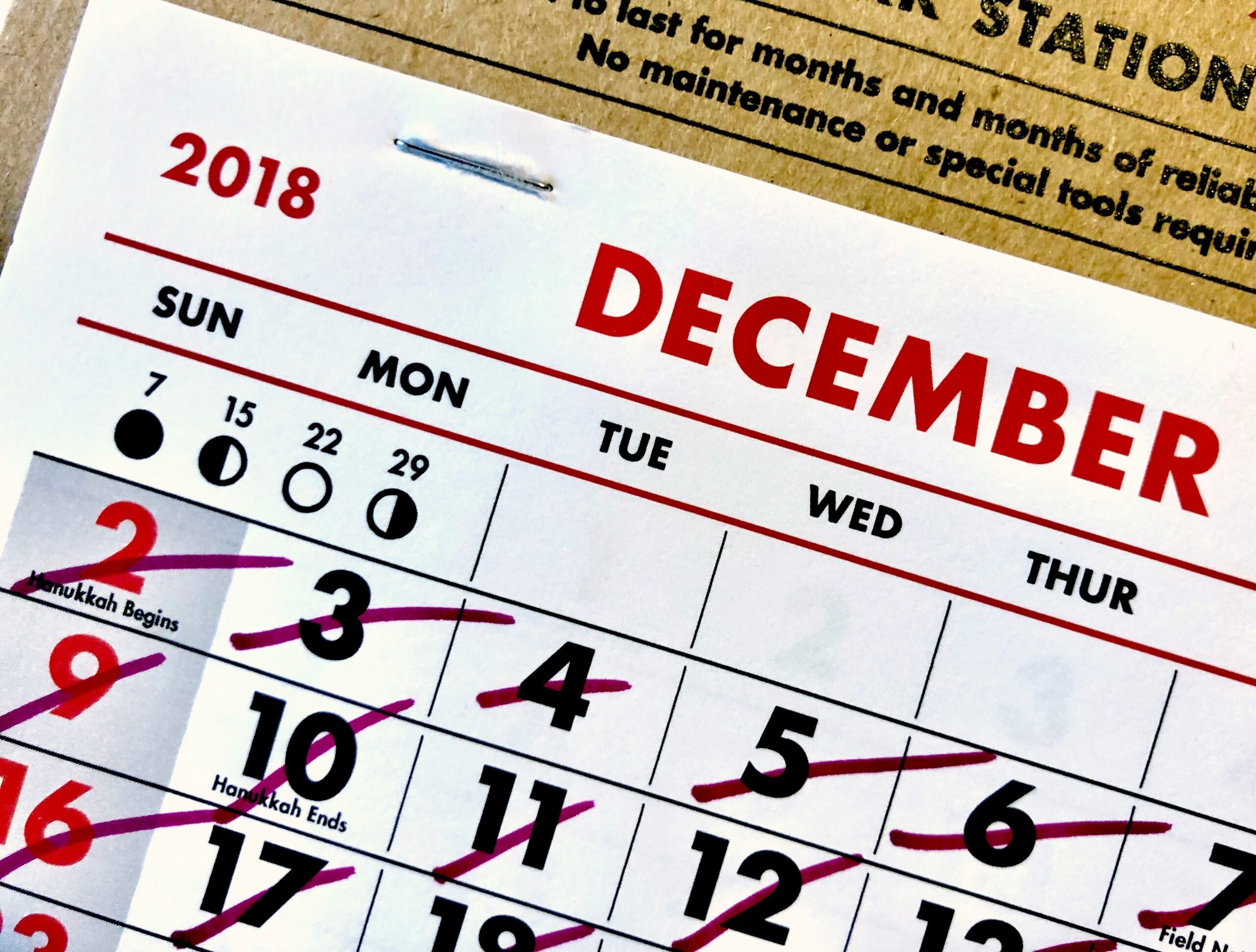Ever stared at a rejection letter from your long-term care insurance and wondered, “What did I even say wrong?” It’s not just you. Studies show that over 40% of denied claims are due to poor communication between policyholders and claims adjusters. Doesn’t that sound like nails on a chalkboard? Fear not—this guide is here to make sure you never fall into that trap.
In this article, we’ll break down everything you need to know about effective claims adjuster communication, why it matters so much in the world of long-term care insurance, and how you can master it without losing your sanity. Let’s dive in!
Table of Contents
- Key Takeaways
- Why Claims Adjuster Communication Matters
- Step-by-Step Guide to Rock-Solid Communication
- Top Tips for Flawless Interactions
- Real-Life Success Stories
- Frequently Asked Questions
🔑 Key Takeaways
- Poor communication with claims adjusters leads to unnecessary claim denials.
- A clear, organized approach ensures smoother approvals for long-term care insurance.
- Use precise language, gather documentation proactively, and stay calm under pressure.
- Small mistakes, like missing deadlines or failing to follow up, can sabotage your case.
Why Does Claims Adjuster Communication Matter So Much?
Let’s get real—claims adjusters aren’t out to get you, but they’re also not your BFF. Their job is to evaluate whether your claim meets all policy terms, which means every detail matters. One tiny misstep—a vague email or an incomplete document—can derail your entire process.
Here’s what happens when things go south:
- Your claim gets delayed (or worse, denied).
- You waste hours explaining yourself repeatedly.
- Stress levels rise faster than Bitcoin during a bull run.

Optimist You:* ‘Oh, it won’t happen to me!’
Grumpy You: ‘Yeah, right. And my Wi-Fi never drops either.’*
The truth hurts—but arming yourself with solid communication strategies makes all the difference. Trust me; skipping steps here is as smart as trying to game Google’s algorithm without backlinks. Spoiler alert: It doesn’t end well.
—
Step-by-Step Guide to Rock-Solid Communication
Think of this process like assembling IKEA furniture—you NEED the manual. Follow these steps closely, and you’ll have adjusters nodding along instead of slamming doors.
Step 1: Prepare Like a Pro
Gather all required documents before reaching out. These usually include:
- Your completed claim form
- Medical records proving eligibility
- Receipts for any out-of-pocket expenses
Pro Tip: If you don’t have something ready, admit it upfront rather than pretending otherwise. Adjusters appreciate honesty more than perfection.
Step 2: Write Clearly and Concisely
Nobody has time for essays. Stick to short paragraphs and bullet points where possible. For instance:
“Attached please find medical records dated [DATE]. Please let me know if additional information is needed.”
No fluff. Just facts. Easy-peasy lemon squeezy, right?
Step 3: Stay On Top of Deadlines
Adjusters hate last-minute surprises almost as much as we hate Monday mornings. Note submission deadlines and set reminders. Better yet, aim to submit early—it shows initiative.

Top Tips for Flawless Interactions
Tip #1: Keep Emails Professional
No emojis, no slang, and zero complaints about bad customer service. Treat emails like a cover letter for your dream job.
Tip #2: Document Everything
From phone calls to emails, keep logs. Screenshots are your best friend.
Terrible Tip Disclaimer:
“Ignore their requests because ‘they should already know.’” Newsflash: They won’t chase after you like some dramatic rom-com hero. Own your role in the process.
Rant Alert:
Ugh, people who call adjusters daily asking for updates drive me crazy. Patience is king (or queen). Give them space to work!
—
Real-Life Success Stories
Case Study: Sarah had her first claim rejected due to incomplete forms. Instead of panicking, she re-submitted everything within a week WITH a polite note thanking the adjuster for their guidance. Her second attempt sailed through smoothly.
Moral of the story? Grace under fire goes a LONG way.

—
Frequently Asked Questions
Q: How often should I contact my claims adjuster?
A: Once weekly max unless they request otherwise. Don’t stalk their inbox.
Q: What happens if I miss a deadline?
A: Technically, your claim could be voided. Politely explain extenuating circumstances ASAP.
Q: Can I negotiate payout amounts?
A: Rarely, but always ask politely while presenting evidence supporting your stance.
—
Conclusion
Better claims adjuster communication? Check. Lower risk of denial? Double check. You’ve now unlocked the secret sauce to navigating long-term care insurance like a boss. Remember: Be proactive, patient, and professional—it’s *chef’s kiss* for avoiding disaster.
And hey, treat yourself to coffee after sending off those forms. Life’s too short for burnt beans anyway.
Like a Tamagotchi, good communication needs daily love to thrive.


